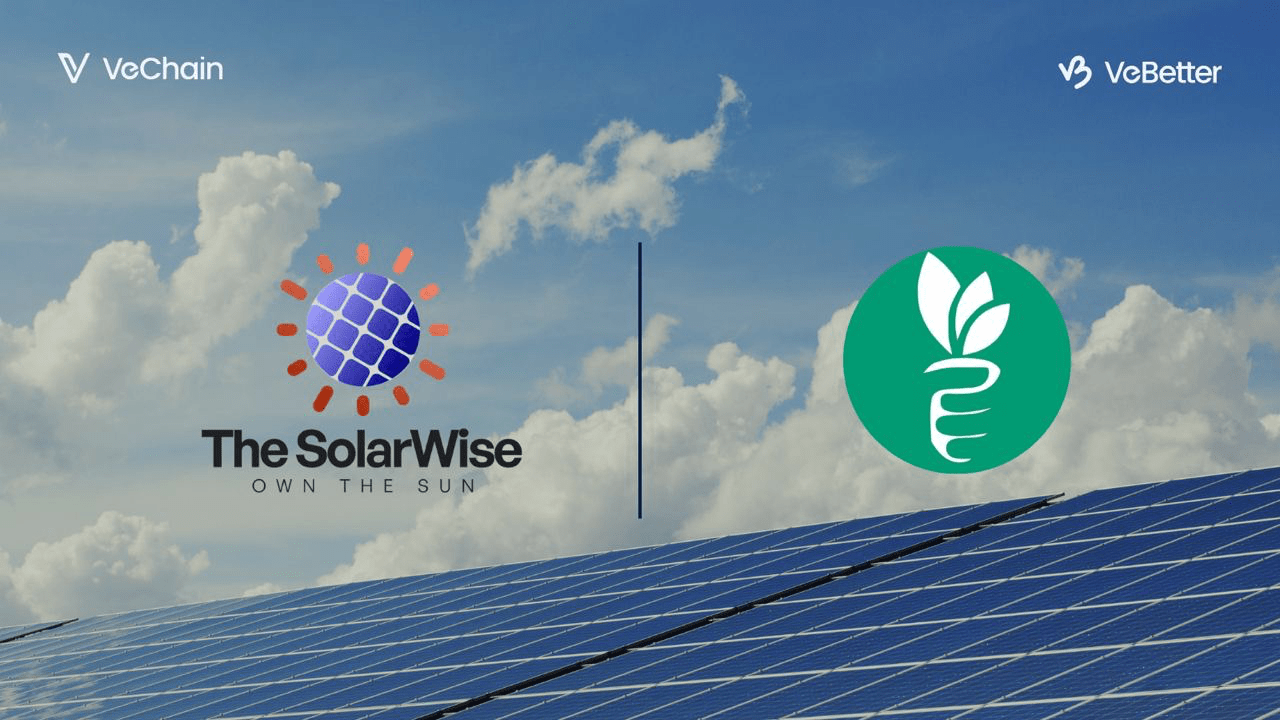Solar Energy
Learn how solar energy works, its benefits, technologies, and adoption strategies empowering individuals to make informed, sustainable choices for their homes and the planet.

How Solar Panels Generate Energy
Solar panels turn sunlight into electricity using a process called the photovoltaic (PV) effect. This lesson will explain how photovoltaic cells work and how they generate clean energy for homes and businesses.
.jpg)
How Do Photovoltaic Cells Work?
Inside every solar panel, there are small units called photovoltaic cells, which are made from a special material called silicon. These cells absorb sunlight and convert it into electricity.
When sunlight hits a photovoltaic cell, it gives energy to tiny particles inside the silicon, called electrons. This energy makes the electrons move, creating an electrical current. That’s how sunlight turns into electricity!
Step-by-Step Process of Solar Energy Conversion
- Sunlight Absorption – The solar panel captures light from the sun.
- Electron Excitation – The sunlight gives energy to electrons in the photovoltaic cells, making them move.
- Electricity Generation – The movement of these electrons creates an electric current.
- Collection and Transmission – Wires inside the panel collect the electricity and send it out for use.
- Energy Conversion (Next Step) – The electricity from the panel is in direct current (DC) form, which needs to be converted into alternating current (AC) by an inverter before it can power homes.
What’s Inside a Solar Panel?
A solar panel is built to capture as much sunlight as possible while being strong enough to handle different weather conditions. Here’s what makes up a solar panel:
- Protective Glass Layer – Keeps the panel safe from damage while letting sunlight pass through.
- Photovoltaic Cells – The heart of the panel, where sunlight is turned into electricity.
- Metal Wires and Conductors – Help collect and transport the electricity.
- Encapsulation and Backing – Provide durability and extra protection against weather changes.
What Affects How Well a Solar Panel Works?
Not all solar panels produce the same amount of energy. Some factors can impact how much electricity they generate:
- Amount of Sunlight – More sunlight means more energy.
- Panel Positioning – Panels should be placed at the best angle to catch the most sunlight.
- Temperature – While it might seem surprising, very high temperatures can reduce how well the panel works.
- Shading – If part of a panel is in the shade (from trees, buildings, or dirt), it won’t produce as much electricity.
Conclusion
Solar panels are a smart way to produce clean energy by converting sunlight into electricity. Now that you understand how photovoltaic cells work, you’re ready to explore more about solar panel technology in the next lessons!